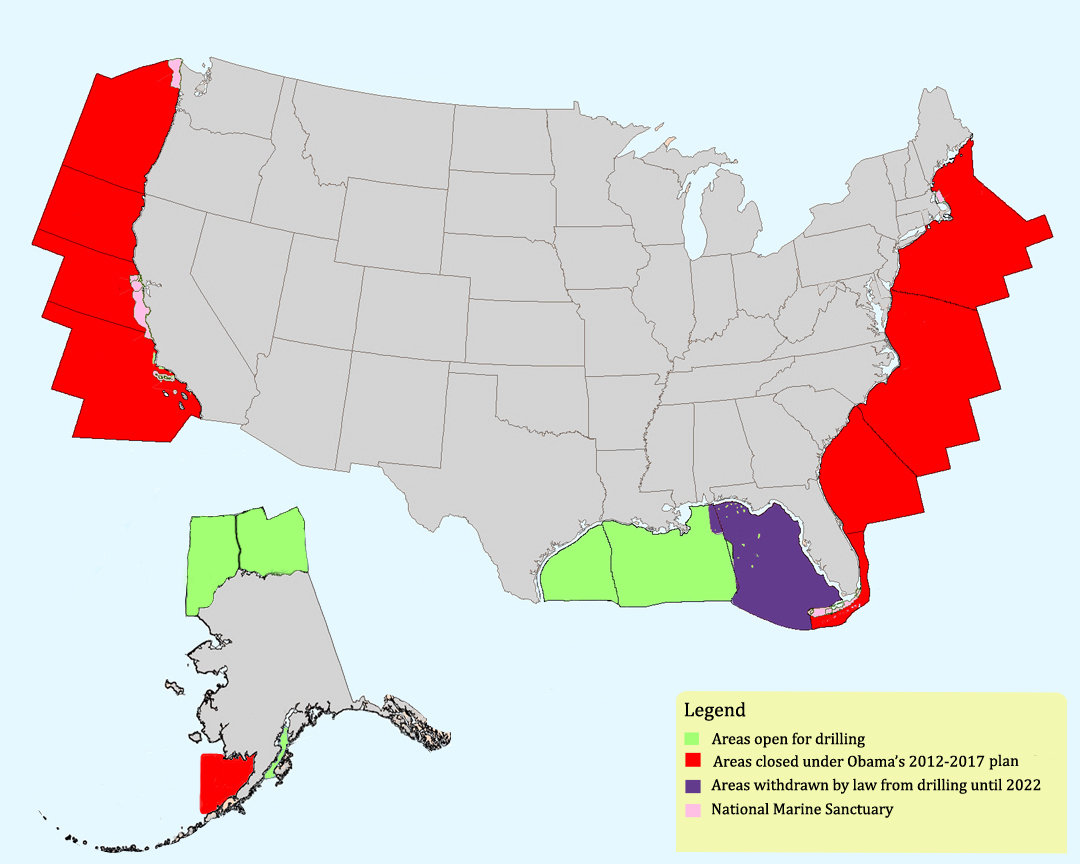Resourceful Information
Hurricane Isaac Threatens Gulf Communities, U.S. Energy Production and Gas PricesU.S. needs plan to increase and diversify American energy production
WASHINGTON, D.C.,
August 28, 2012
|
Jill Strait, Spencer Pederson or Crystal Feldman
(202-225-2761)
While Gulf Coast communities brace for Hurricane Isaac, the storm has already had a significant impact on oil and natural gas production. According to the Bureau of Safety and Environmental Enforcement (BSEE), over 93 percent of the current daily oil production in the Gulf of Mexico has been shut-in and over 64 percent of the rigs have been evacuated. This highlights the threat posed to our energy security by President Obama’s offshore energy plan, which limits energy production almost exclusively to the Gulf of Mexico.
“Our first priority must be the safety and security of the people and communities of the Gulf of Mexico who are in the hurricane’s path,” said House Natural Resources Committee Chairman Doc Hastings. “However, it must be noted that every time a hurricane threatens the Gulf of Mexico our energy security is also put at risk. Under President Obama’s plan, all of our eggs are in one basket. If anything interrupts production in the Gulf of Mexico, Americans immediately face higher prices at the pump. This is exactly why Republicans support expanding and diversifying U.S. energy production. Expanding responsible oil and natural gas production to areas in the Atlantic, Pacific and Arctic with known resources would help protect our country from supply disruptions and price spikes, while simultaneously creating new American jobs and growing our economy.” According to AAA, the national average price of gasoline has risen to $3.75 – 15 cents higher than this time last year and more than double the price when President Obama took office. Analysts predict gasoline prices to rise even higher as a result of Hurricane Isaac. President Obama’s offshore lease plan for 2012-2017 places 85 percent of America’s offshore areas off-limits to energy production and effectively re-imposes the drilling moratoria lifted in 2008. The plan only allows drilling to occur in the Gulf of Mexico, and late in the plan, small parts of the Arctic. According to an analysis conducted by the Congressional Research Service, the President has proposed fewer lease sales in his plan than any President since the process began in 1980. In July, the House voted on a bipartisan basis to reject President Obama’s proposed offshore drilling plan and replace it with a bipartisan plan to expand offshore energy production and create jobs. Offshore Areas Blocked for Drilling under President Obama’s ### |
Newsletter Sign Up
Sign up to receive news, updates and insights directly to your inbox.


